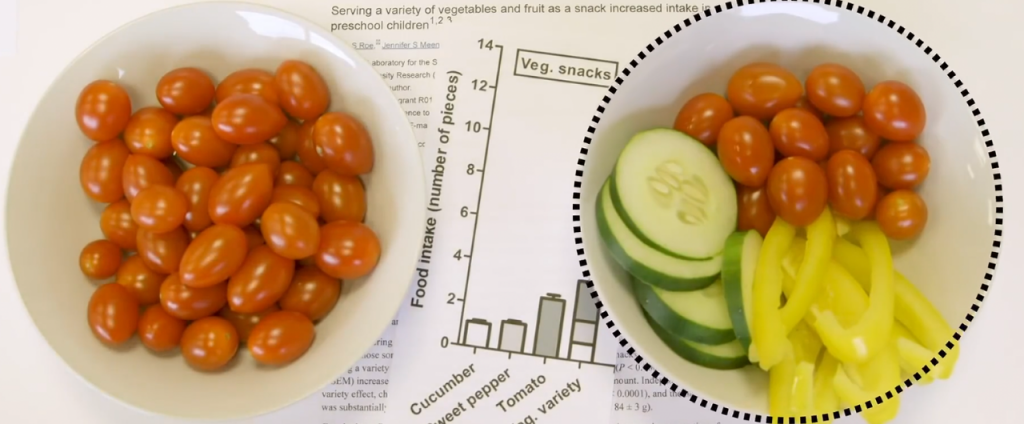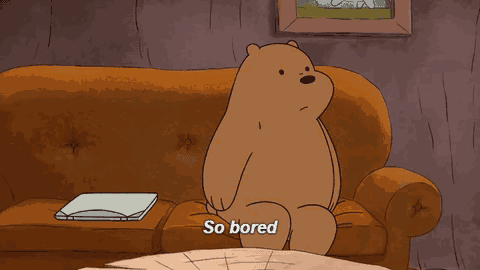
Many people have had this experience: Sometimes they are already full and still have an appetite to eat more; not long after having a meal, they are still thinking about snacks or desserts.
In fact, this phenomenon of “I want to eating more even I’m full” is not necessarily greedy, but a psychological deception: the brain is satisfied, but the stomach capacity is not completely filled.

Obviously feeling full, why do you still want to eat?
Appetite is human instinct, and some people even ridiculed the importance of eating with “one must have problems when he has food not actively”.
For people who want to continue eating after seeing other foods even when they are already full, doing so seems to be lack of self-control. In fact, it may be a normal psychological phenomenon.
Although the most direct organ that perceives “fullness” is the stomach, it is the brain that really controls appetite and manipulates the mouth. Under normal circumstances, the process for people to perceive hunger is like this:
Hunger is caused by a decreased blood sugar level. When the blood sugar concentration drops to a certain level, the brain will release a signal of hunger.
After eating, as the blood sugar level rises and stabilizes, the brain will prompt you to “eat full”. In fact, the stomach still has room to eat at this time.
Barbara Rawls, a professor of nutritional sciences at Pennsylvania State University in the United States, proposed a new term—Sensory-specific Satiety to explain the above-mentioned “gluttony” phenomenon, referring to Eating a single type of food leads to a decrease in appetite, and exposure to new flavors of food will promote appetite recovery.
According to the principle of “satisfaction with specific sense organs”, when people eat only one kind of food, even if it is particularly delicious, it is easy to be full or even greasy; but if you serve a plate of other food or snacks at this time, Dessert, appetite may be re-energized.

In short, the stomach likes the new and dislikes the old. Although its space is not full, it is easy to get tired of the single food that is being eaten, thus generating a signal of fullness; when a new taste appears, the brain restarts the appetite and the stomach starts to look forward to it. New food that hasn’t been eaten yet.

On the contrary, “specific sensory satiety” also has side effects. If there are many food choices, it will encourage the human body to continue to eat. This can explain why the buffet will make your appetite involuntarily “explode”; when you have ketchup, you can eat more fries.
Your understanding of satiety may be false
To the extent that “full” is perceived, most people will understand it as the stomach is full. In fact, this may be a confusing signal from the stomach, known as “satiety”, and is easily confused with “satiety”.
Satiety
Food that is easy to eat and satiety provides a sense of “satiety”, which is actually the fact that food provides a sense of oppression to the stomach quickly.

For example, when eating glutinous rice food, it will “stick” to the wall of the stomach, so the burden on the stomach is heavy, and it is easy to feel “full”. But after entering the intestines, the digestion is very fast, and soon I feel hungry again.
Konjac, soup and other foods with a lot of water will also “cheat full”, these foods will quickly occupy the volume of the stomach. When the water comes out of the stomach, hunger is immediately felt. At the same time, these foods are also prone to hypoglycemia.
Satiety
After a meal for a period of time, or before the next meal can still make people not hungry is called food “satiety”, this feeling is mainly hormone production.
It can be seen that only by eating the food with a sense of fullness can we effectively control food intake, stabilize blood sugar and a series of hormones related to appetite and obesity, so as to achieve the goal of weight loss. But “satiety” food just makes the stomach feel pressure, but it can’t slow down the time of stomach hunger.
Five skills to control appetite scientifically
The body drives us to take in more kinds of food nutrition through the feedback regulation of specific sensory satiety, so as to ensure our health.
For most people, reasonable control of appetite, maintain a balanced diet, in order to effectively avoid overeating and irregular diet to the body’s burden. Using the above regulatory mechanism, we can reduce appetite by reducing the types of food we eat.
Chewing and swallowing slowly to explore “seven full”
The feeling of “seven points full” needs to be observed through diet. Generally speaking, the stomach is not full yet, but the enthusiasm for food has declined, and the speed of active eating has obviously slowed down.
Even if we habitually want to eat more, if we withdraw the food and change the topic, we will soon forget about eating. The most important thing is not to be hungry before the second meal.
The food is divided into small portions
A study by Arizona State University found that eating small portions of food is better than eating whole portions. Tomatoes, berries, grapes, popcorn, nuts and so on are more suitable for this kind of method.

Food with more water “deceives” in advance
For example, drinking eight treasure porridge, eating soup noodles, eating a lot of less oil vegetables, eating fruits and so on, are easier to let the feeling of seven full come ahead of time.
Eating foods that need to be chewed a few times before swallowing, such as coarse grains, vegetables, and crisp fruits, can slow down people’s eating speed, make them more aware of “fullness” and control their food intake.
It should be noted that the white and soft food with more oil and less dietary fiber is just the opposite. They will make people eat faster and eat a lot unconsciously.
Eating satiety foods
Foods with a strong sense of fullness often have several characteristics: rich in protein, rich in dietary fiber, and high in water content. Vegetables, fungi, fruits, coarse grains and other high-fiber foods can fill the stomach and intestines and give a strong feeling of fullness.
White meat or lean red meat such as fish, shrimp, chicken, etc., has lower fat and high protein, which is good for prolonging the time of fullness.
Change the eating environment to help divert attention
Soft light and soft music can play a role in controlling appetite.

Cornell University research has found that under these conditions, diners will think that the meal is more enjoyable and the amount of food eaten will be reduced by 18%; cumulatively, they can lose 4.5-9 kilograms of weight in one year.
If you are still greedy after a meal, try to avoid contact with food that stimulates your appetite, and you can do other things to divert your attention.
Comments